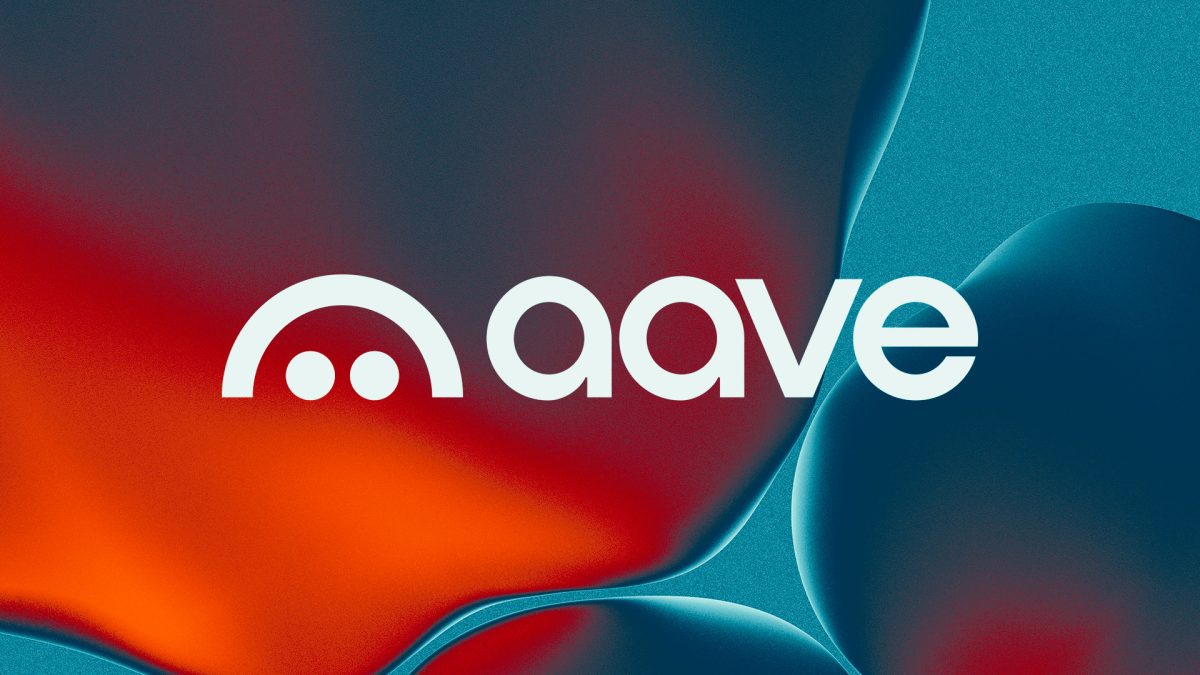
The alternative stablecoin market is evolving, and projects like Ethena are leading the way, with a total value locked of $2.7 billion.
The synthetic stablecoin market is a dynamic part of decentralized finance (DeFi), and Ethena has left a significant mark with its innovative product. With high yields on its synthetic dollar, USDe, Ethena has captured a total value locked (TVL) of $2.7 billion, demonstrating demand for synthetic stablecoins despite the overwhelming dominance of their asset-backed equivalents. However, as with any groundbreaking product, there are risks associated with the strategy Ethena employs, especially relating to its reliance on USDT-margined contracts.
Stablecoins are a key tool for moving in and out of the crypto world. Stablecoins backed by traditional financial assets, such as Tether (USDT) and USD Coin (USDC), are currently the most popular, and both rely on the banking system since they hold their collateral in fiat money and its derivatives. The collapse of Silicon Valley Bank (SVB) in early 2023 highlighted the potential risks of stablecoins. During the collapse, USDC temporarily depegged to $0.88, creating panic as a significant portion of the market’s liquidity was tied up in the stablecoin.
The rise of projects such as Ethena, Frax, UXD or Elixir is a direct response to the growing market demand for yield-bearing stablecoins. Ethena currently leads the way among alternative stablecoin projects with a $2.8 billion market capitalization. It thus makes up 1.7% of the total stablecoin market cap. Ethena relies on USDT-margined perpetual contracts to maintain its peg.





